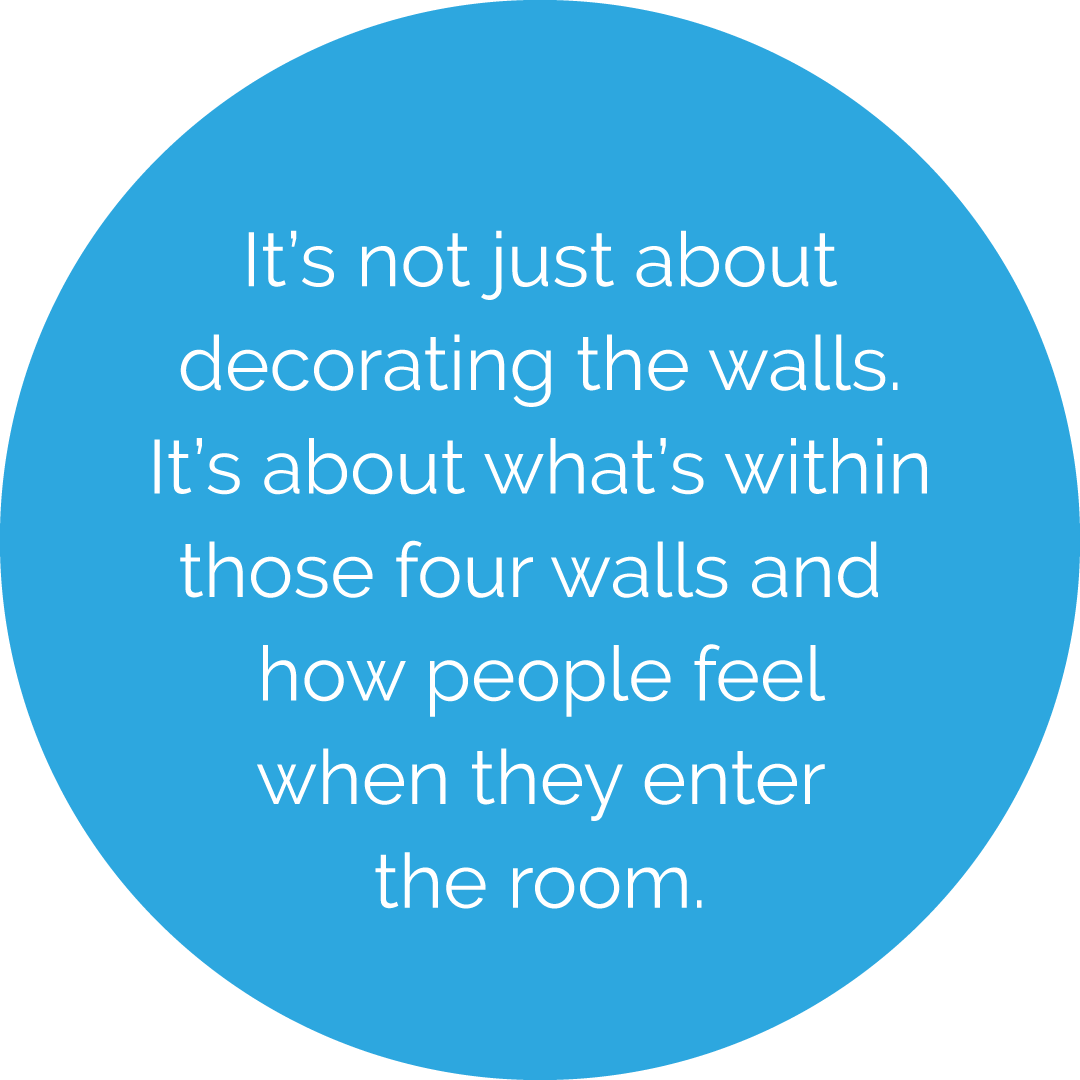Hubs are about connection
When people feel connected and part of a community, they feel safer and have a sense of belonging. This increases social cohesion at the local level. Hub spaces should feel welcoming, relaxed, family friendly and safe.
The hub space should:
- Promote a sense of belonging and support participation.
- Be easy to find.
- Be culturally sensitive – include translated signage where possible.
- Consider the needs of your local community.
- Use space and furniture that can be multi-purposed.

A shopping list to get your hub space ready
- Kitchen items – plates, bowls, tea and coffee, chopping boards and cutlery.
- Access to a refrigerator and stove/kitchen, plus safety and food hygiene posters.
- Storage cupboard/s and lockable filing cabinet (you will need to make sure hub participants’ private information is kept safe and confidential).
- Stationery items such as paper, pens and drawing material for children.
- Printer/laminator or access to one.
- Brochure holders.
- Name badges for hub members (convention cards and holders, for classes).
- Notebooks for hub members (English language class).
- CD player/speaker.
- A relaxed sitting area for families.
- A study space for families.
![]()
Help people find your space
CHA will arrange for a sign to be placed at the front of your school. Add directional signage if needed. This could include arrows, coloured lines and signs out the front of your hub space. Extra signs can be bought through CHA, but the school needs to cover the cost of these. The cost for an extra sign and delivery is around $100.
Here are tips on what works…
It’s not just about decorating the walls, it’s about what’s within those four walls and how people feel when they enter the room.
Make sure the school’s front office knows how to direct people to the hub. Make copies of the hub timetable to give to parents.
Design your hub signage to give people a positive impression of what they’ll find inside your hub.